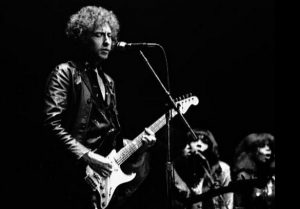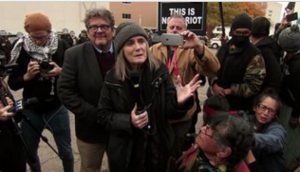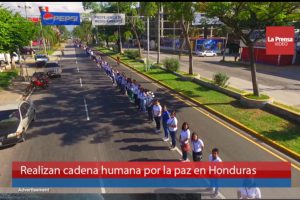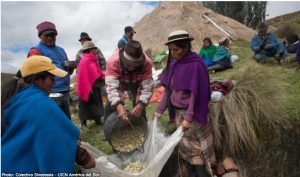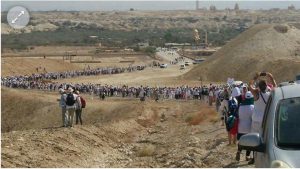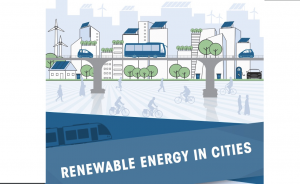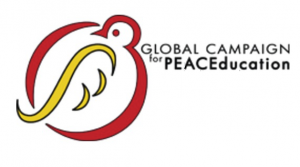
If we are to achieve a culture of peace, it will have to come about by nonviolent means.
Fortunately there are many initiatives for nonviolence, as we have found in the reviews of CPNN, for example, the CPNN bulletin of May 2016..
What does nonviolence look like. Here is the description by Martin Luther King, speaking of Mahatma Gandhi: “nonviolent resistance is not a method for cowards; it does resist. If one uses this method because he is afraid or merely because he lacks the instruments of violence, he is not truly nonviolent. This is why Gandhi often said that if cowardice is the only alternative to violence, it is better to fight… nonviolent resistance … is not a method of stagnant passivity… For while the nonviolent resister is passive in the sense that he is not physically aggressive toward his opponent, his mind and his emotions are always active, constantly seeking to persuade his opponent that he is wrong. The method is passive physically but strongly active spiritually. It is not passive non-resistance to evil, it is active nonviolent resistance to evil.”
Readers are encouraged to comment below on this theme which refers to the following CPNN articles since 2015.
For previous discussion and list of CPNN articles before then, click here.
Nonviolence News Special Report: 366+ Success Stories in 2024
Training for a Culture of Peace and Nonviolence
Campaign Nonviolence Action Days 2024 – Calls-To-Action
United Nations: Non-Violence Day offers prospect for ‘new era of peace, trust and tolerance’
These six global struggles show the power of nonviolence in action
October 2nd a Nonviolence Day in the White West
The Peace Brigades International, Guernica Peace Prize
Lebanon: Interview with Ogarit Younan (prize for conflict prevention and peace)
Book review: What if the government abolished the military?
Chile: declaration of “World without Wars and Violence”
Extinction Rebellion, not political? “We occupied the center of Paris for five days!“
Pax Christi leaders believe nonviolence education can change world
Mexico: authorities sign agreement for peace in Tecomán
USA: Season for Nonviolence begins 5th Season
Nonviolence Charter: Progress Report 13 (October 2018)
Why unarmed civilian protection is the best path to sustainable peace
Nonviolence Charter: Progress Report 12 (April 2018)
Search for Common Ground: Vision for 2018
International Day of Non-Violence celebrations held in Nairobi, Kenya
Conference of the Asia-Pacific Peace Research Association
Peace Brigades International is recruiting field volunteers for Kenya
Nonviolence Charter: Progress Report 10 (Apr 2017)
Nonviolence Highlights in 2016
Bernard LaFayette Jr. Wins Gandhi Award
Tucson students learn ‘non-violence’ way of life amidst anti-Trump protests
From pacifism to nonviolence in Berlin
Nonviolence Charter: Progress Report #8 (April 2016)
Mennonite Central Committee: Peace education in photos
Zanzibar Peace, Truth & Transparency Association
Nonviolent Peaceforce: A paradigm shift?
Nonviolent Peace Force Nominated for 2016 Nobel Peace Prize
Nonviolent Peaceforce Strategy: 2015-2020
USA: Campaign Nonviolence Week of Action II, September 20-27, 2015
US: Response to the Massacre in Charleston; Grieve, But then Teach and Organize Nonviolence
Nonviolent Peaceforce in Ukraine
Nonviolent Peaceforce: Women’s Peacekeeping Teams incorporated into South Sudan communities



